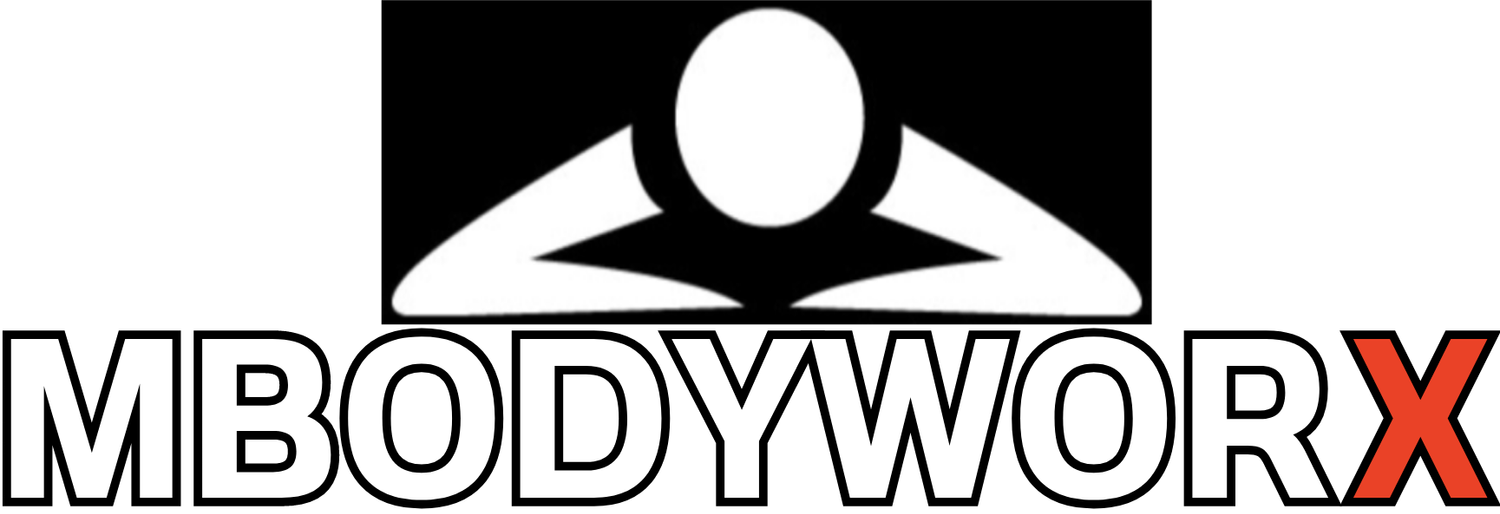The History of Massage
Massage is an ancient healing practice that has been used for thousands of years to promote relaxation, reduce pain, and enhance overall health and well-being. The roots of massage can be traced back to ancient civilizations in China, India, and Egypt, where it was used for a variety of purposes, including medical treatment, relaxation, and spiritual healing. In this article, we'll explore the rich history of massage and how it has evolved over time.
Ancient History of Massage
The earliest depiction of massage can be traced back to the ancient civilizations of Egypt, China, and India. In ancient Egyptian tombs, there are wall paintings depicting people receiving massages. In China, there are references to massage in medical texts dating back to the 2nd century BCE. In India, the practice of Ayurvedic massage dates back thousands of years.
These early depictions and references to massage highlight its importance in ancient cultures as a form of healthcare and relaxation. Massage has been used for centuries to relieve pain, improve circulation, and promote overall well-being. Today, massage continues to be widely practiced and has evolved into many different modalities, including Swedish massage, deep tissue massage, sports massage, and many others.
Massage has been used as a healing practice since ancient times. In China, massage was first recorded as a therapeutic practice in the Huangdi Neijing, a Chinese medical text dating back to the 3rd century BCE. In India, massage was practiced as part of Ayurvedic medicine, a holistic healing system that dates back over 5,000 years. The ancient Egyptians also used massage, as evidenced by the many wall paintings depicting massage scenes found in tombs and temples.
In these early cultures, massage was used for a variety of purposes, including medical treatment, relaxation, and spiritual healing. The Chinese used massage to balance the body's energy, or qi, while the Indians used it to promote health and prevent disease. The Egyptians used massage to ease pain, reduce inflammation, and promote relaxation.
Massage in the Western World
Massage was largely forgotten in the Western world until the 19th century. Massage during the Dark Ages was likely not widely practiced in Europe, as the church at the time condemned many forms of physical touch. However, massage was still used in other parts of the world during the Dark Ages. For example, in China, massage therapy was an important part of traditional medicine, and it continued to be practiced despite the political and social upheavals of the time. It was rediscovered by physicians in Europe and North America. In the early 1800s, Swedish physician Per Henrik Ling developed a system of therapeutic massage that he called "Swedish massage." Ling's system included various massage techniques, such as effleurage (long strokes), petrissage (kneading), and tapotement (percussion).
Swedish massage became popular in the United States in the late 19th century, when it was introduced by two American physicians, George Taylor, and Charles Fayette Taylor. Massage continued to gain popularity in the early 20th century when it was used to treat injuries and pain resulting from World War I.
In the mid-20th century, massage began to be used more widely for relaxation and stress relief, as well as for sports training and rehabilitation. Today, massage is a popular therapeutic practice that is used for a variety of purposes, including pain relief, relaxation, and overall wellness.
Types of Massage
There are many different types of massage, each with its own unique history and techniques. Some of the most common types of massage include:
Swedish massage: This type of massage is characterized by long, smooth strokes, kneading, and circular movements, and is used for relaxation and stress relief.
Deep tissue massage: This type of massage uses more pressure than Swedish massage, and is used to target deep muscle knots and tension.
Shiatsu massage: This type of massage originated in Japan, and uses finger pressure on specific points along the body's energy channels to release tension and promote healing.
Thai massage: This type of massage combines stretching and pressure techniques, and is used to improve flexibility, promote relaxation, and increase energy flow.
Conclusion
Massage is a healing practice with a rich history that spans thousands of years and cultures. From the ancient Chinese and Indians to the modern Western world, massage has been used for a variety of purposes, including medical treatment, relaxation, and spiritual healing. Today, massage is a popular therapeutic practice that is used to promote relaxation, reduce pain, and enhance overall health and well-being.
